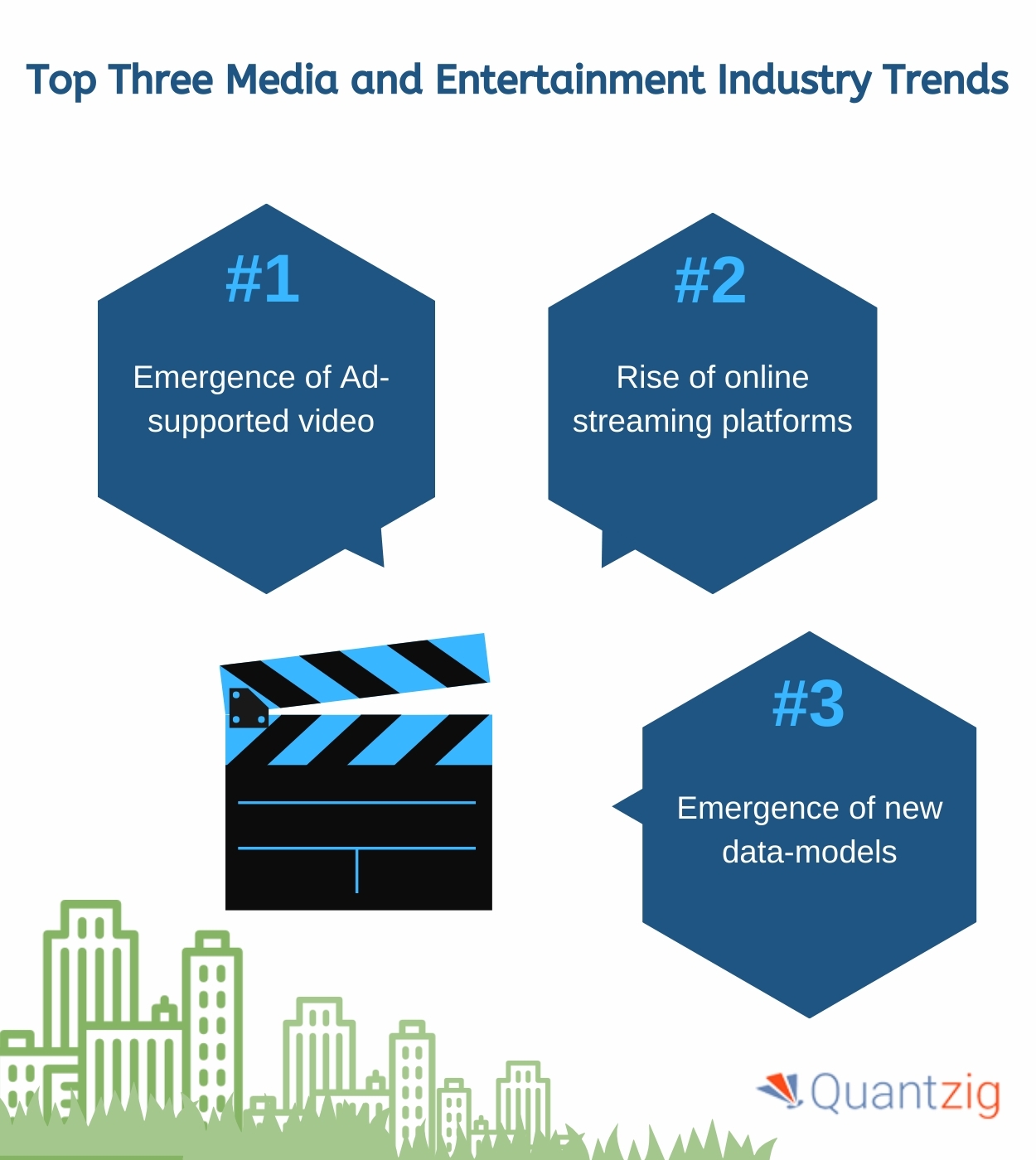Baeugi News Hub
Your source for the latest news and insightful articles.
Streaming Wars: The Battle for Your Attention
Dive into the Streaming Wars and discover who will claim your attention. The battle for your screens is on—don't miss out!
The Rise of Streaming Services: How They Changed the Entertainment Landscape
The emergence of streaming services over the past decade has revolutionized the way we consume media, effectively altering the entire entertainment landscape. Traditional viewing habits, characterized by scheduled programming on television, have been replaced by on-demand access to vast libraries of content. Services like Netflix, Hulu, and Amazon Prime Video have not only challenged traditional cable subscriptions but have also fostered a culture of binge-watching, where audiences can consume entire seasons of shows in one sitting. This shift has given viewers the power to dictate what they watch and when, leading to a more personalized and convenient experience that caters to the increasingly busy lifestyles of modern consumers.
Furthermore, the rise of streaming services has democratized content creation, allowing independent filmmakers and lesser-known creators to showcase their work to a global audience. Platforms such as YouTube and Vimeo have emerged as significant players in the entertainment industry, enabling creators to directly reach their audience without the need for traditional distribution channels. This has resulted in a diverse array of content that spans various genres and formats, reflecting a broader spectrum of voices and stories. As the industry continues to adapt and evolve, it is clear that streaming services will remain a driving force in shaping the future of entertainment.

Understanding the Streaming Wars: Key Players and Their Strategies
The streaming wars refer to the intense competition among various digital entertainment platforms as they strive to capture audience attention and subscription revenue. Key players in this arena include established giants like Netflix, Amazon Prime Video, and Disney+, as well as newer entrants such as HBO Max and Apple TV+. Each of these platforms is employing unique strategies to lure viewers, including exclusive content creation, aggressive marketing campaigns, and subscription price adjustments. Specifically, while Netflix focuses heavily on original productions, Disney+ leverages its extensive library of beloved franchises, appealing to family-oriented viewers.
In addition to their content strategies, these platforms are also exploring innovative technology and distribution methods to enhance user experience. For instance, many are adopting advanced algorithms to personalize viewing recommendations, ensuring that content is tailored to individual tastes. The competitive landscape is further complicated by the rise of free ad-supported streaming services, such as Tubi and Pluto TV, which are attracting audiences who seek entertainment without the burden of monthly fees. As the streaming wars continue to evolve, it's clear that flexibility and adaptability will be key factors for survival in this dynamic market.
Is Cable TV Dead? A Deep Dive into the Future of Streaming
The debate over whether Cable TV is dead has intensified as streaming services continue to rise in popularity. A significant shift in viewership habits is evident; more consumers are opting for on-demand content provided by platforms like Netflix, Hulu, and Amazon Prime Video. This trend raises vital questions about the future of traditional cable broadcasting. According to recent studies, cable subscriptions have been steadily declining, with millions of households cutting the cord in favor of more flexible viewing options.
As we delve deeper into the evolution of media consumption, it becomes clear that the future of streaming is poised to dominate the landscape. With technological advancements such as faster internet speeds and increased accessibility to smart devices, streaming services are not only competing with cable but also innovating with unique content and delivery methods. Furthermore, the rise of original programming exclusive to streaming platforms has captured a dedicated audience, indicating that the days of cable TV as a primary source of entertainment may indeed be numbered. Is Cable TV dead? The answer seems to suggest a decisive shift towards streaming as the next frontier in entertainment.